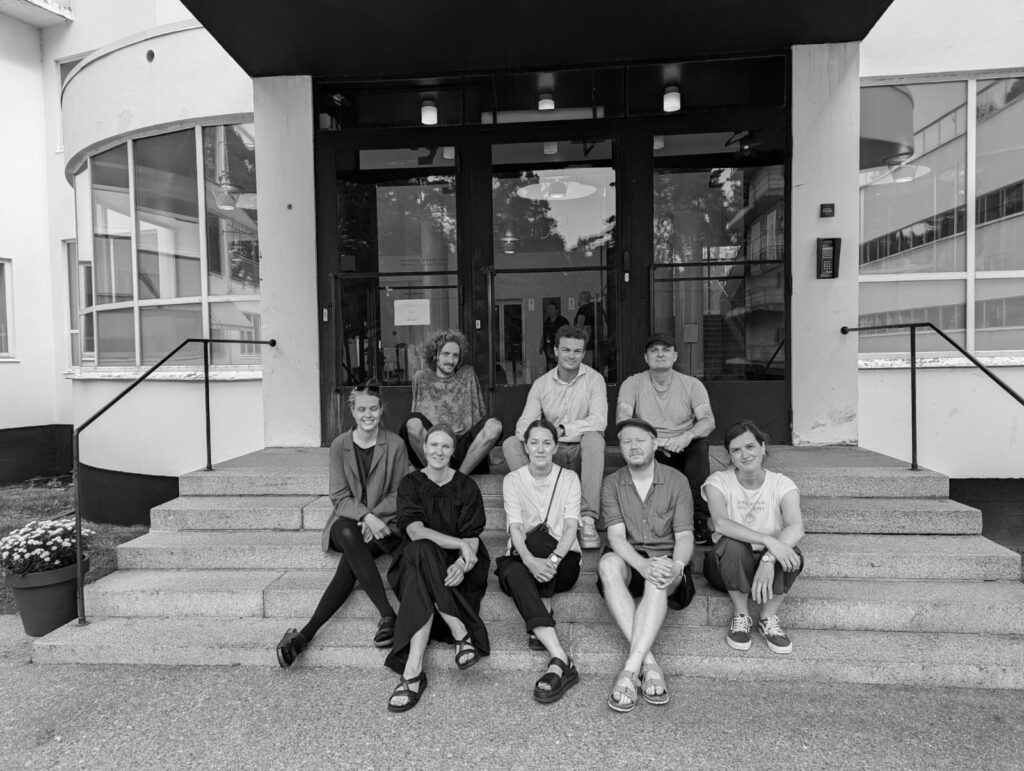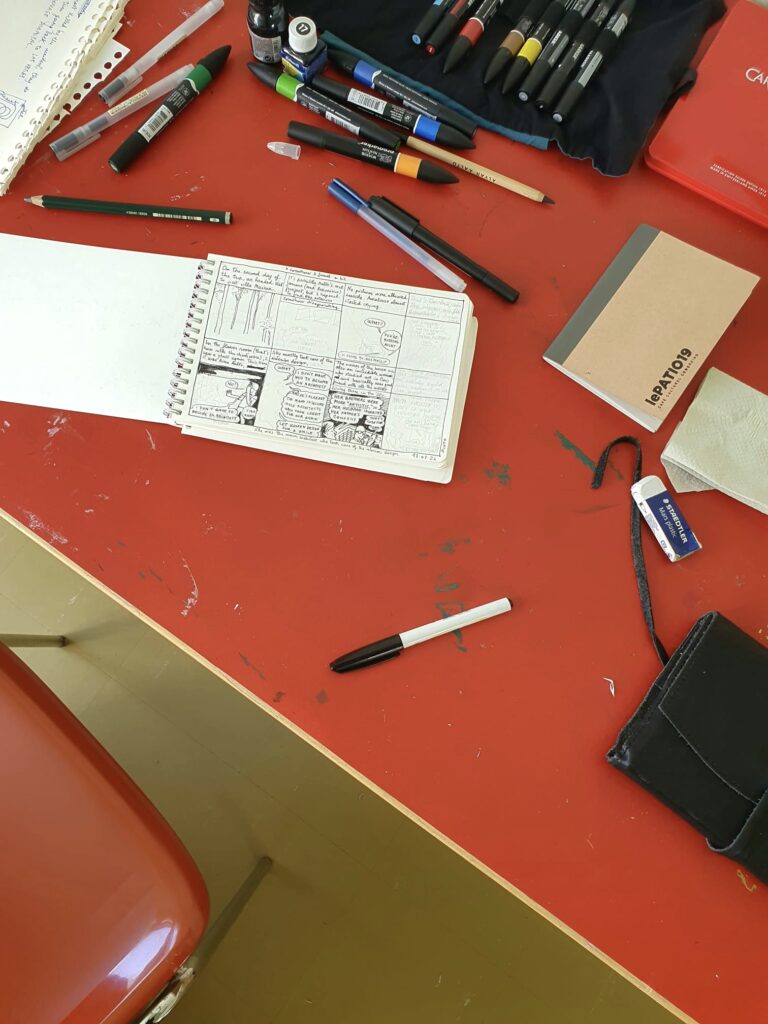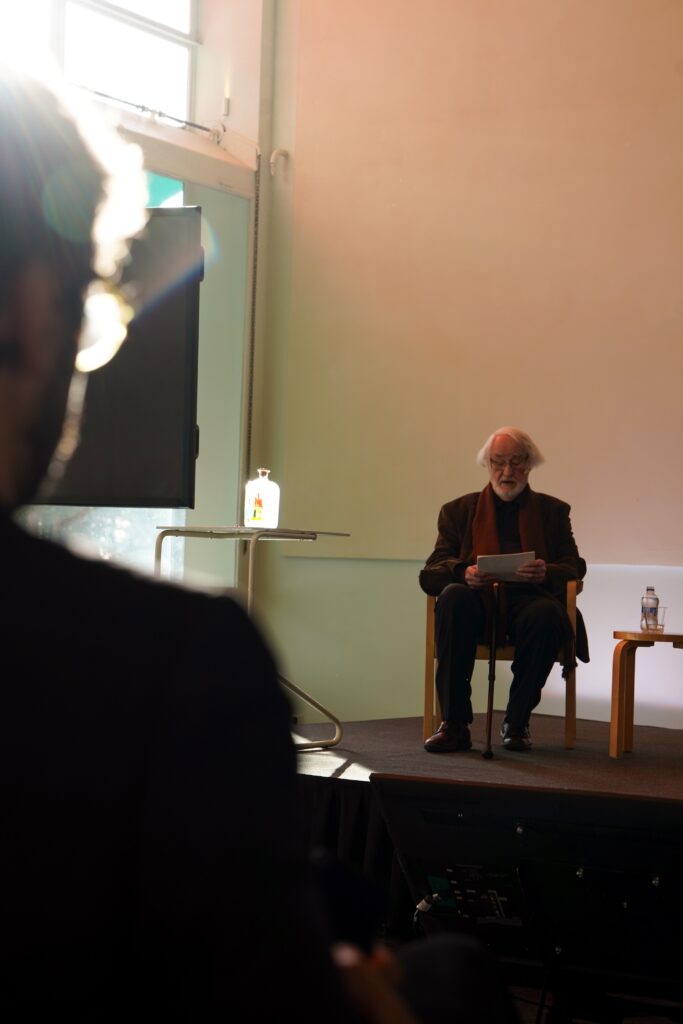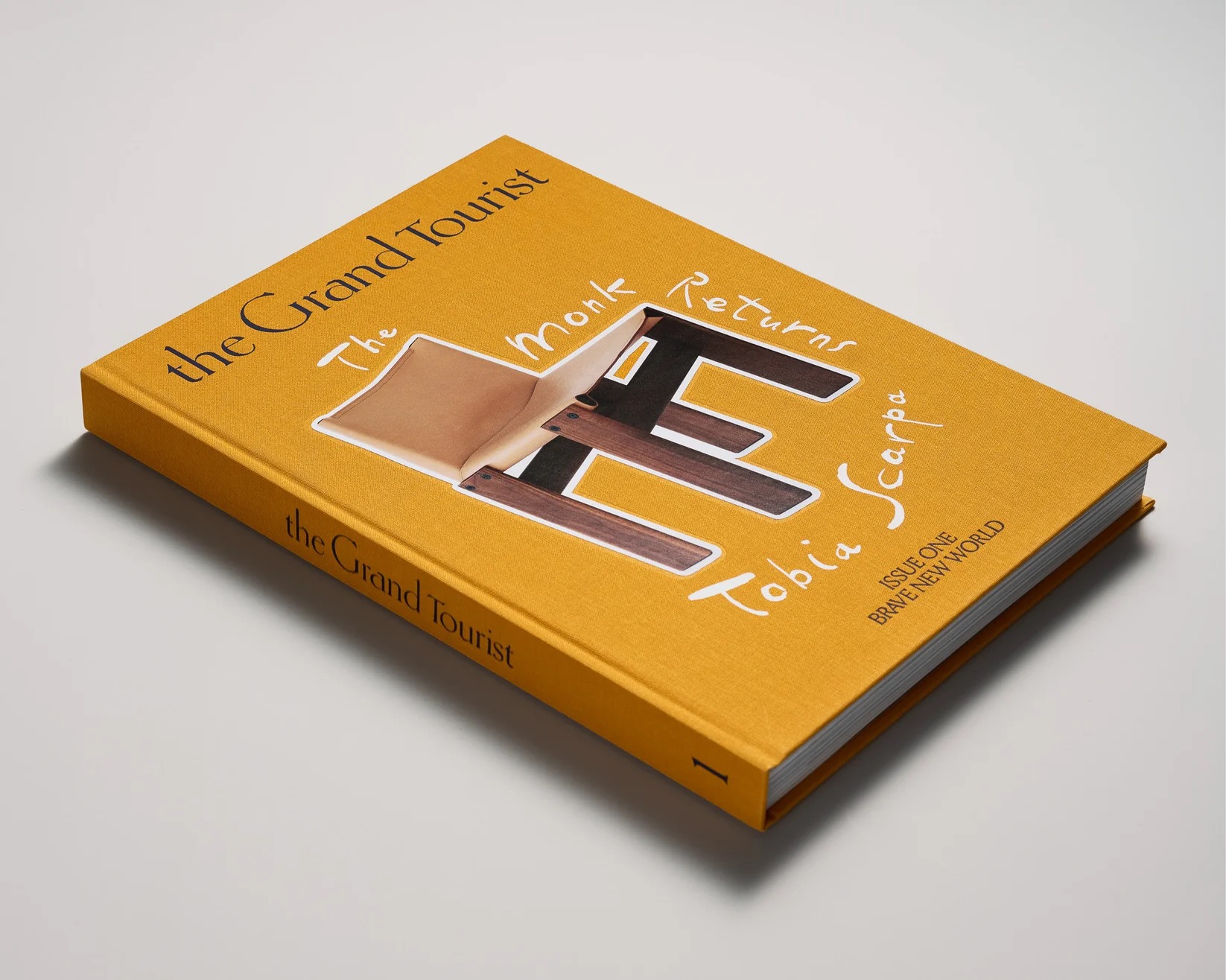As the founder and host of The Grand Tourist podcast, Dan Rubinstein has interviewed many of the most visionary minds of our time, from celebrity chefs and architects to designers and artists. Over the years, he has discovered that they all share a certain mindset. With the podcast now morphing into a print magazine, we asked Rubinstein to reflect on the common traits of successful creatives, the lessons he has learned from his guests, and his exciting next steps for The Grand Tourist.
David Chipperfield, Bjarke Ingels, Hella Jongerius, Piero Lissoni, Patricia Urquiola. The guest list of Dan Rubinstein’s The Grand Tourist podcast reads like an all-star team of design, and it doesn’t stop there. With an ambition to dive into the minds of leading tastemakers in art, design, travel, food, and fashion, he has conducted long-form interviews with an enviable roster of talented people, including master chef Massimo Bottura, art curator Hans Ulrich Obrist, actor Tom Hollander, and perfumer Frédéric Malle.
At the Paimio Sanatorium Foundation, we’re always interested in the origins and driving forces of creativity and innovation across disciplines—which is why we called up Rubinstein for a chat.
Your podcast spans multiple disciplines. Do you see creative fields influencing each other increasingly these days?
Absolutely. Just because you’re an interior designer doesn’t mean you can’t be inspired by a collector or a chef. Many of my guests share stories about taking unexpected paths—going back to school, launching a business, or making a risky career change. Young designers and students often tell me they listen to the podcast because they’re learning from people who are at the top of their industries.
Who are some guests that have left a lasting impression on you?
When I started interviewing guests from industries like jewelry, architecture, and design, I expected people’s lived experiences to be very different. But I found that the most successful people in creative fields share similar personalities. If you had David Chipperfield, chef Thomas Keller, and other top names at the same dinner table, they’d all get along because they have a similar outlook on life.
And how would you describe that?
They all take risks. They all pay attention to detail. And they all stay true to their creative vision, rather than just following trends or industry expectations. Another key trait is their ability to collaborate. Successful architects, for example, rarely complain about clients—they take responsibility for their work and move forward. There’s also a thoughtfulness and an openness to detours; they don’t just follow a strict career path but explore unexpected opportunities and do things that don’t necessarily on paper sound like it would be a financially or career-wise wise thing to do. I think part of why successful people are successful is that they are unique.
Would you say that uniqueness, or originality, is even more important today than before?
More than ever. Whether in politics, business, or art, you can’t just be good at your craft—you need to have a unique voice. A photographer today can’t just take great photos; they need to develop a signature approach that no one else is doing. You can’t just build another glass tower and expect to be successful. The creatives who make an impact are the ones doing things that no one else would even think to do.
What advice would you give to young creatives starting out?
You have to ask yourself: How will I be remembered if I just do what everyone expects me to do? Because no one’s going to remember that. In today’s digital world, where Instagram and visual culture encourage uniformity, standing out and being willing to experiment is more important than ever. Those decisions can make you have a full career into your 70s.
How does this sort of transdisciplinary approach impact creativity?
It’s not just about working across disciplines but having the mindset to connect ideas in new ways. The most successful creatives are endlessly curious and open to different perspectives. They don’t limit themselves to their niche. Let’s say you’re an architect obsessed with music, that doesn’t hurt your career—it helps. The best creatives pull inspiration and connections from different fields.
Creativity has often been associated with the image of a solitary male genius. Have you seen a shift in gender representation?
When I interview the next generation of designers, artists and collectors, I notice that the gender balance is much more even, and diversity and inclusivity are growing. Over the past five years, we’ve also seen long-overdue recognition for women in design and art who weren’t acknowledged at the same level before. We’ve covered these topics in the podcast, like in our conversation with the artist Judy Chicago or the painter Calida Rawles, who talked about the struggles in art school, being a woman and being told you can’t have a family and a career, or, just facing outright racism from their teachers. Eventually, both were able to build successful career, and hopefully that’s happening more and more.
How do you view the American creative scene today?
Despite the political challenges, I have an optimistic mindset. Many of the most passionate, original voices in art today are American. The artists I interview on the podcast prove that you don’t need to come from wealth to succeed. While there are certainly ‘nepo babies’ in the industry, many creatives I’ve featured built their careers from the ground up.
Do you have any connection to Finland and its design legacy?
I visited Finland years ago, just after winter, when everything was still gray. What struck me was how deeply Finnish creatives are shaped by their landscape, culture, and seasons. It’s not about national identity but about the lived experience of being in Finland. And of course, Alvar Aalto is a design god—his work is fundamental to modern design thinking. There’s a Scandinavian calmness and respect for nature that influences everything from architecture to homeware. And I love Marimekko—my only regret is that they don’t make more menswear!
What’s next for The Grand Tourist?
We’re expanding into print! This May, we’re launching the first print edition of The Grand Tourist, a 364-page hardcover magazine featuring original content from around the world, from Korea to Tunisia to Los Angeles. We’ve worked with incredible contributors and created three different covers. We hope readers…and listeners…will support the project!
The Grand Tourist print issue 1 is available online and at the Paimio Sanatorium bookstore.
Recent Journals Entries
Imagine a City


Beauty as a therapeutic force





Paimio Sanatorium Artist Residency Diaries

Alvar Aalto in MoMA


Alvar Aalto – American Hero


